Please support Game Informer. Print magazine subscriptions are less than $2 per issue
Missteps From The Fighting Genre

In the latest issue of our magazine (#228), I wrote an article called “Building The Perfect Fighter” that was intended to highlight mechanics throughout the fighting genre that worked well. While I was writing it, I was reminded of gameplay elements in the past that wound up being a detriment to the experience. Read on to hear about some of the bigger missteps the genre has taken in the past.
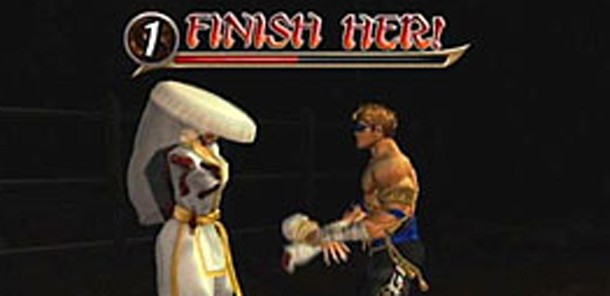
Dial-A-Fatality - Mortal Kombat Armageddon
The final Mortal Kombat in the last generation of consoles was notable for featuring every Kombatant that ever graced a game in the series. However enticing this concept sounded, the game was ultimately criticized for taking away the creative fatalities the franchise was famous for. Instead, it introduced a new system that gave every character the same pool of available lethal moves. One button combination would tear off an arm, another would decapitate your opponent, another would break his/her legs, and so on. It may have been an interesting idea during development, but the end result is the worst fatality system in the long-running series.
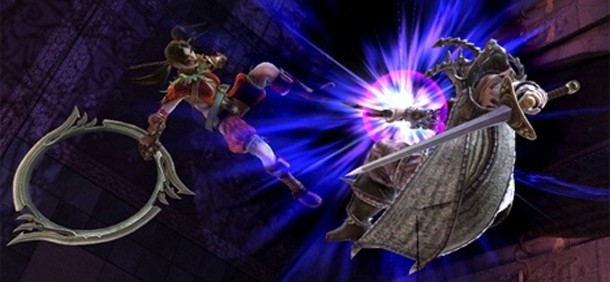
Soul Gauge/Critical Finishes - Soulcalibur IV
In a series that focuses on free-flowing combat that's accessible to both casual and hardcore fans, a complex Street Fighter-esque ultra system seemed completely out of place. Making it worse was the way they were pulled off. In order to earn the ability to perform a critical finish, your opponent had to be blocking a ridiculous amount, enough to where their Soul Gauge meter would shatter. Once this happened (and it almost never did in actual play), you could activate the move and begin a canned attack animation that felt uncharacteristic for the series.

Cheap Bosses - Street Fighter IV, Dead Or Alive 4, Mortal Kombat 3
Fighting games were all the rage in arcades back in the 90s, and opponent A.I. was frequently cheap in an effort to gobble up quarters. For some reason, this frustration has still reared its head in modern fighters. Even grizzled fighting veterans find themselves resorting to cheap attacks when going up against foes like Seth and Alpha-152.
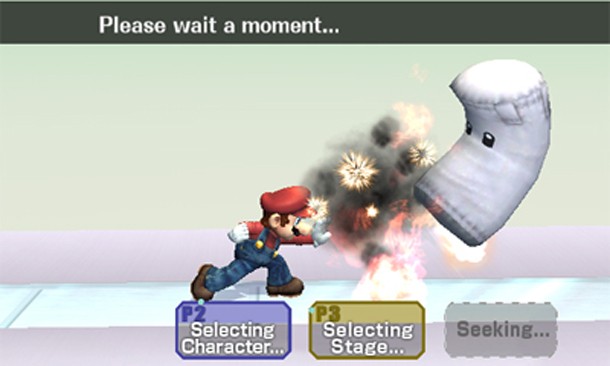
Unreliable Online Play - Super Smash Bros. Brawl
The Smash Bros. series is a dream come true for Nintendo fans, so the idea of taking its massive cast online was exciting to say the least. However, the idea turned out to be much better than the execution. Not exactly known for having their game together when it comes to online play, Nintendo botched the feature for Super Smash Bros. Brawl. Tons of fighting games run into lag and connection errors, but at least they're typically on a system with reliable matchmaking, friends lists, and voice chat. Brawl felt lacking even in the few instances that it worked correctly.

Blatant Plagiarism - Way of the Warrior, Tattoo Assassins, Time Killers
With Mortal Kombat's massive mainstream popularity in the 90s, copycats were sure to pop up in record time. Within a year of its release, a flood of ultra-violent fighters hit arcades across the country. They frequently featured their versions of MK's trademark fatalities and digitized fighters, but rarely succeeded in the gameplay department. Then again, Tattoo Assassins did give us these amazing finishers.
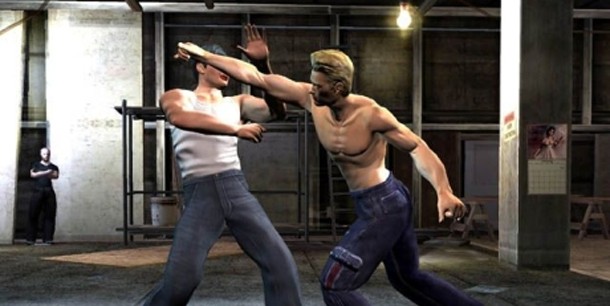
Crappy Licensed Games - Fight Club, Shaq-Fu, Street Fighter: The Movie: The Game, Star Wars: Masters Of Teras Kasi
"Licensed" is almost a dirty word in the gaming industry, especially in the years before the release of AAA games like Arkham City. Numerous titles have proved this over several console generations, from the late-to-the-party Fight Club to the hilariously bad Street Fighter: The Movie: The Game.
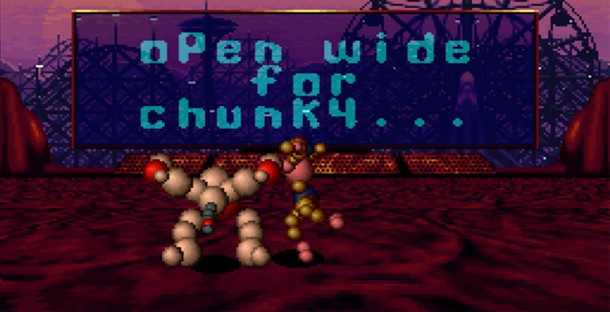
The Word “Ballz” In The Title - 3D Ballz
Ballz.










